 Contending Economic TheoriesContending Economic Theories: Neoclassical, Keynesian,and MarxianRichard D. Wolff and Stephen A. ResnickThe MIT PressCambridge, MassachusettsLondon, England 2012 Massachusetts Institute of Technology All rights reserved. No part of this book may be reproduced in any form by any electronic or mechanical means (including photocopying, recording, or information storage and retrieval) without permission in writing from the publisher. MIT Press books may be purchased at special quantity discounts for business or sales promotional use. For information, please email special_sales@mitpress.mit.edu or write to Special Sales Department, The MIT Press, 55 Hayward Street, Cambridge, MA 02142.
Contending Economic TheoriesContending Economic Theories: Neoclassical, Keynesian,and MarxianRichard D. Wolff and Stephen A. ResnickThe MIT PressCambridge, MassachusettsLondon, England 2012 Massachusetts Institute of Technology All rights reserved. No part of this book may be reproduced in any form by any electronic or mechanical means (including photocopying, recording, or information storage and retrieval) without permission in writing from the publisher. MIT Press books may be purchased at special quantity discounts for business or sales promotional use. For information, please email special_sales@mitpress.mit.edu or write to Special Sales Department, The MIT Press, 55 Hayward Street, Cambridge, MA 02142.
This book was set in Times Roman by Toppan Best-set Premedia Limited. Printed and bound in the United States of America. Library of Congress Cataloging-in-Publication Data Wolff, Richard D. Contending economic theories : neoclassical, Keynesian, and Marxian / Richard D. Wolff and Stephen A. p. cm. Rev. ed. of: Economics : Marxian versus neoclassical. of: Economics : Marxian versus neoclassical.
Baltimore : Johns Hopkins University Press, c1987. Includes bibliographical references and index. ISBN 978-0-262-01800-5 (hbk. : alk. paper) ISBN 978-0-262-51783-6 (pbk. paper) 1. paper) 1.
Comparative economics. 2. Economics. 3. Marxian economics. 4.
Neoclassical school of economics. 5. Keynesian economics. 6. Schools of economics. I.
Resnick, Stephen A. II. Wolff, Richard D. Economics. III. Title.
HB90.W65 2012 330.15dc23 2012004562 ContentsDetailed Table of ContentsviiiDetailed Table of ContentsDetailed Table of ContentsixxDetailed Table of ContentsDetailed Table of ContentsxiTo Our Readers Our previous and far less ambitious version of this book, Economics: Marxianversus Neoclassical was well-received and quite widely used in colleges and universities since its publication in 1987. That success fl owed, we believe, from that book s two broad goals and the extent of their achievement. First, we sought to produce an introduction to Marxian economics that would include and build upon several of the major analytical breakthroughs in that tradition during the last thirty-fi ve years. Second, we wanted to formulate that introduc tion in a systematic relation to the neoclassical economic theory prevalent in the United States and elsewhere. Having long taught introductory economics courses, we had learned that presenting Marxian theory through a sustained and systematic comparison with neoclassical theory is an exceptionally effec tive method of teaching both. Many users of our earlier book urged that we produce a new and updated version.
They also offered important criticisms. One concerned Keynesian economics: it deserved to be treated alongside neoclassical and Marxian eco nomics by means of systematic comparison. Once the long and deep economic crisis hit the world in 2007, the calls for inclusion of Keynesian economics in a new version of our book became urgent. Critiques of neoclassical economics and renewed interest in Keynesian and Marxian economics have been spread ing globally now for years. Because of the rising demand for a book that presents and compares these three major paradigms and because none cur rently exists, we transformed, enlarged and elaborated our earlier book to meet that demand in this one. This new book sets forth neoclassical and Keynesian economics, each developed and discussed in its own chapter, yet also differentiated from and compared to the other.
To do so, we extended our humanism versus structural ism grid for differentiating economic theories to explain the tensions and oppositions between them. We connect the comparative theory analysis to the larger policy issues that divide the two camps of theorists around the central issue of the role government should play in the economy and society. xivTo Our Readers In treating Keynesian economics in a separate chapter, we emphasize Keynes s notion of radical uncertainty as it impacts the individual business investor and thereby provides an explanation for the business cycle. In showing how Keynes s structuralist economics displays an individualist (humanist) moment, we offer a new way too see the crucial similarities and differences between the Keynesian and the contending neoclassical theoretical arguments. Readers of our earlier book also asked us to analyze recent extensions and developments of neoclassical economics (around such topics as market imperfections, information economics, new theories of equilibrium, behavioral economics, etc.). We treat these new developments in neoclassical economics in a new chapter 5.
With this chapter s co-author, Yahya Madra, we raise a fundamental question: Does this body of work break from the neoclassical economic tradition? Is it a different paradigm in the sense we apply to both Keynesian economics and Marxian economics? Chapter 5 extends our com parative approach to contested economic theories to answer this question. Based on our many years of teaching experience since the earlier book s 1987 publication and also on the changed conditions of contemporary econo mies (including the post 2007 global crisis), we have produced a thoroughly revised introduction chapter. It now foregrounds a central theme of this new book: that the contesting theories and their relative social prominence are both effects and causes of the social conditions in which they occur. Chapter 1 presents a sustained historical examination of how various forms and para digms of economic thinking react back upon the society out of which they are born. We hope that this revised chapter will provide readers with a better understanding of the complex social causes of these theories and why they and their differences matter so much to the lives of citizens. The many years of deepening hostilities between advocates of more and less government economic intervention led us to write an altogether new chapter 6.
There we identify and discuss two interrelated kinds of oscillations that occur in society: (1) movements among the social predominance of one versus another economic theory, and (2) movements among alternative forms of capitalist economies themselves. We show that capitalism always varies: its shifting forms display more or less free markets; more or less private property; more or less personal freedoms. We also show why these kinds or forms of capitalism are different from socialism and communism. We hope this expla nation will provide a new view of the major economic changes and confl icts across the twentieth century and why they matter to those already underway shaping the twenty-fi rst century. Similarly we show that economic theory always varies and is always contested. It too oscillates from one to another approach and then back again.
Neoclassical gives way to Keynesian economics To Our Readersxv and the latter to the neoclassical dominance again. Sometimes Marxism appears as the other in this movement between different theories. Chapter 6 explores these oscillations in society and theory and their interconnections. This book also introduces readers to major new developments inside Marxian economics since the 1980s. These are integrated into the chapter 4 s focus on what that paradigm of economics offers in comparison to the insights produced via neoclassical and Keynesian analytics. Chapter 4 assumes little or no familiarity with the subject.
It proceeds from fi rst principles through basic analytics to various applications. Since the Marxian economics tradition includes several distinct theories, we identify the particular theory that we have found most convincing and that we therefore present here. However, in this chapter and throughout the book we also try to distinguish the Marxism we present from the more traditional or orthodox Marxism that arose after Marx died and became dominant in the former USSR. Similarly the overviews of neoclassical economics in chapter 2 and Keynes ian economics in chapter 3 offer respectively a basic grounding in neoclassical micro- and Keynesian macroeconomics. We treat both as distinct and often contested theories rather than presenting economics as reducible to a set of neutral tools to solve economic problems in the so-called real world. Readers will see how each theory differently constructs its economic world including those problems it recognizes as such and for which it fi nds unique policies and solutions.
Next page
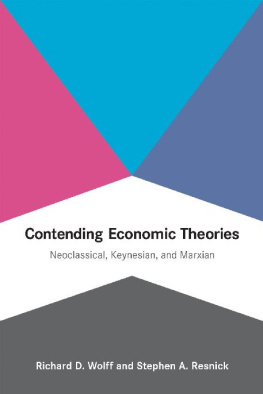
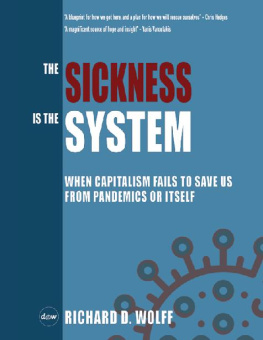
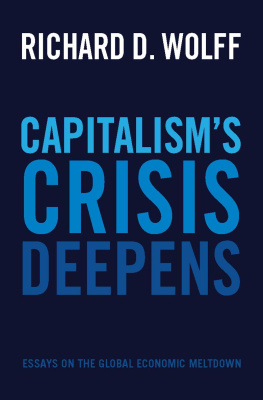


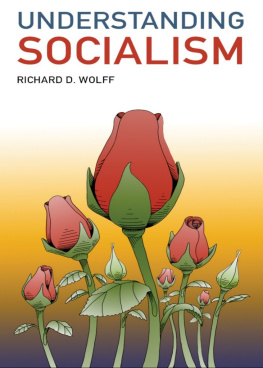

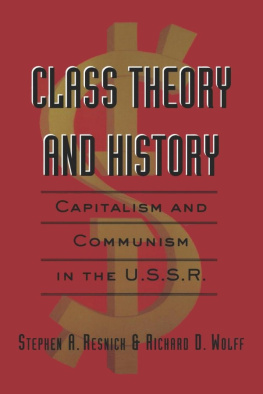
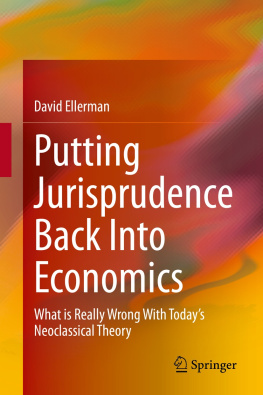

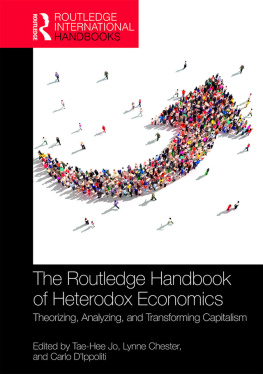
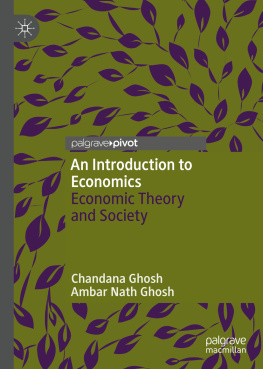
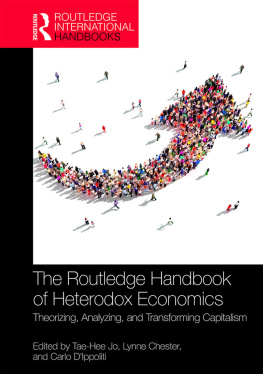
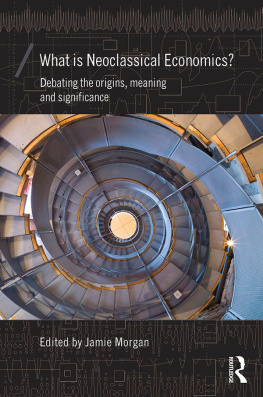
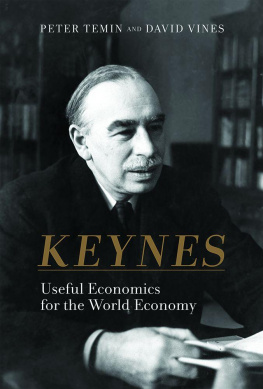
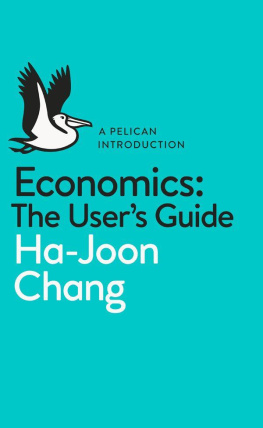
 Contending Economic TheoriesContending Economic Theories: Neoclassical, Keynesian,and MarxianRichard D. Wolff and Stephen A. ResnickThe MIT PressCambridge, MassachusettsLondon, England 2012 Massachusetts Institute of Technology All rights reserved. No part of this book may be reproduced in any form by any electronic or mechanical means (including photocopying, recording, or information storage and retrieval) without permission in writing from the publisher. MIT Press books may be purchased at special quantity discounts for business or sales promotional use. For information, please email special_sales@mitpress.mit.edu or write to Special Sales Department, The MIT Press, 55 Hayward Street, Cambridge, MA 02142.
Contending Economic TheoriesContending Economic Theories: Neoclassical, Keynesian,and MarxianRichard D. Wolff and Stephen A. ResnickThe MIT PressCambridge, MassachusettsLondon, England 2012 Massachusetts Institute of Technology All rights reserved. No part of this book may be reproduced in any form by any electronic or mechanical means (including photocopying, recording, or information storage and retrieval) without permission in writing from the publisher. MIT Press books may be purchased at special quantity discounts for business or sales promotional use. For information, please email special_sales@mitpress.mit.edu or write to Special Sales Department, The MIT Press, 55 Hayward Street, Cambridge, MA 02142.